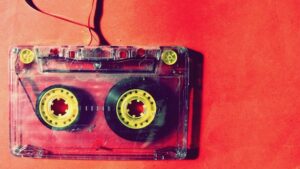Lounge
Lounge is a term in popular music used to refer to light, background music that was originally often played in the lobbies (hence the name “lounge”) of hotels, stores, cafes, and elevators. In contrast to the more general term “light music,” lounge is characterized by a greater jazz influence, chamber and improvisation. Although there is specially recorded music for such purposes, the term “lounge” covers a wide range of performers of different genres, from jazz, bossa nova to electronica, the common characteristic being light, soothing compositions. In fact, literally any musician who plays for the public in restaurants and stores can be considered a lounge performer. Parties with indispensable martinis are associated with lounge music.
In the U.S. music industry, the so-called bachelor’s lounge music, another format distinguished by the presence of experimental, kitschy artists, intersects with lounge music.
In retrospect, the golden era of lounge music is generally considered to be the 1950s and ’60s. These were usually familiar variety numbers performed by unknown orchestras. The 1960s saw the emergence of major professional ensembles whose recordings are now classified as lounge, such as the orchestras of Bert Kempfert, Herb Alpert (Tijuana Brass), James Last and Paul Moria. Music for films, by definition background music, is also an integral part of the lounge (Henry Mancini, Burt Bucharach).
In the 1990s, lounge experienced a second popularity: thanks to the interest in retro recordings, many compilations with original lounge music of the 50-60s were released. At the same time, new ensembles emerged – both those that cultivated the traditional lounge style (Combustible Edison, Hooverphonic, De-Phazz) and those that transferred lounge ideas to electronic music (for example, Jaffa, Café del Mar compilation, Zimmer-G).

No Comments